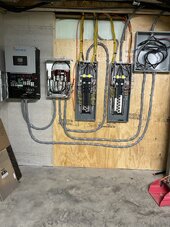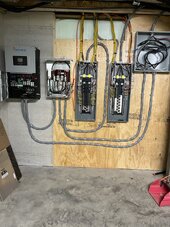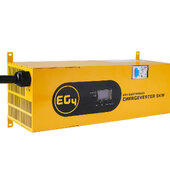hautions11
New Member
I have heard that the 15k can be damaged by the use of smaller generators due to surges from quick loads etc. ( highest Sol-ark failure rate is associated with small generator issues) I also heard that Sol-ark recommends a 22k minimum generator. In reading lots of threads it appears a lot of you are running small under 10k generators as back up.
I do have a 30 KWh battery bank for a bit of load buffering, but what is the bottom line? Thx
I do have a 30 KWh battery bank for a bit of load buffering, but what is the bottom line? Thx






